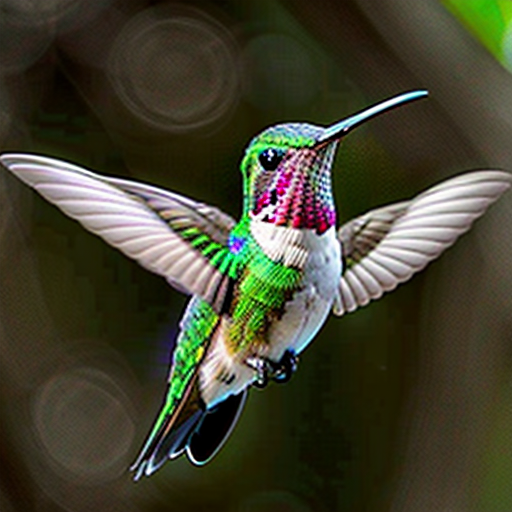When working with AI-powered image generation tools like ComfyUI, understanding inference steps and CFG (classifier-free guidance) scale is essential for producing high-quality results. In this article, we’ll explore how these parameters affect image generation and how to adjust them to achieve the best outcomes.
Table of Contents
Understanding Inference Steps
Inference steps, also known as sampling steps, define the number of iterations the model performs to reverse the diffusion process. Diffusion models, trained on large datasets of images, learn how images degrade into noise and use this knowledge to reconstruct images from noise during generation.
How Inference Steps Work
- Starting Point: The sampler begins with a field of random noise.
- Prompt Conditioning: The model uses the provided prompt to infer the desired image.
- Iterative Process: Noise is gradually removed over successive steps until the final image emerges.
For example, if you prompt the model to generate a ruby-throated hummingbird, the sampler starts with noise and iteratively removes anything that doesn’t resemble a hummingbird.
Adjusting Inference Steps
The number of inference steps significantly impacts both the quality of the generated image and the processing time.
- Default Setting: Most samplers use a default of 20 steps.
- Reducing Steps: Lowering the step count (e.g., to 8) speeds up the process but often results in poor image quality. Too few steps leave the image incomplete and unrealistic.
- Increasing Steps: Raising the step count (e.g., to 30) improves detail and realism but increases generation time.
Example Comparison(keep other condition the same like prompt, seed and model):
- 8 Steps: Images are blurry and lack detail. Not recommended for most workflows.

- 20 Steps: Balanced quality and speed. Suitable for general use.

- 30 Steps: Higher realism and detail, especially for complex prompts like nature photography.

Tips for Choosing Inference Steps
- Experiment with different step counts to find the optimal balance between quality and speed.
- Refer to the documentation for your specific model. Some models, such as distilled models, are optimized for fewer steps (e.g., 8, 4, or even a single step).
Understanding Classifier-Free Guidance (CFG) Scale
Classifier-free guidance (CFG) controls how strictly the model adheres to the prompt during image generation. It determines the weight given to the conditioning prompt versus the model’s intrinsic properties.
How CFG Works
- Low CFG Values: The model has more freedom to interpret the prompt, often resulting in outputs that deviate from the intended result.
- High CFG Values: The model adheres more strictly to the prompt, but excessive values can lead to overfitting and unnatural results.
Adjusting CFG Scale
The default CFG value is typically set to 8.0, but adjusting this value can dramatically affect the output.
Example Comparison(keep other condition the same like prompt, seed and model, steps):
- CFG = 1.0: The model produces loose interpretations of the prompt. For example, a hummingbird prompt might result in an image that barely resembles a hummingbird, with anatomical inaccuracies.

- CFG = 8.0: Balanced adherence to the prompt, producing realistic and detailed images.

- CFG = 20.0: Overfitting begins to occur, leading to unnatural saturation, contrast, and image artifacts.

- CFG = 30.0: Extreme overfitting results in cartoonish images with flat areas and exaggerated colors.

Finding the Sweet Spot
- Most models perform best within a moderate range of CFG values (e.g., 7–12).
- Consult the documentation for your model to identify the optimal CFG range. Some models are forgiving, while others require precise CFG tuning.
Key Takeaways for Choosing Inference Steps and CFG Scale
- Inference Steps:
- Use fewer steps for faster generation but lower quality.
- Increase steps for better realism and detail, especially for complex prompts.
- Experiment with step counts to find the balance between speed and quality.
- CFG Scale:
- Lower values (e.g., 1–4) reduce prompt adherence but allow for creative outputs.
- Moderate values (e.g., 7–12) balance realism and prompt adherence.
- Higher values (e.g., 20+) can cause overfitting, resulting in unnatural images.
Conclusion
Understanding and adjusting inference steps and CFG scale are crucial for optimizing AI image generation workflows. While inference steps control the iterative process of noise removal, CFG scale defines the level of adherence to the prompt. By experimenting with these parameters and consulting documentation for your specific model, you can achieve stunning, high-quality images tailored to your needs.